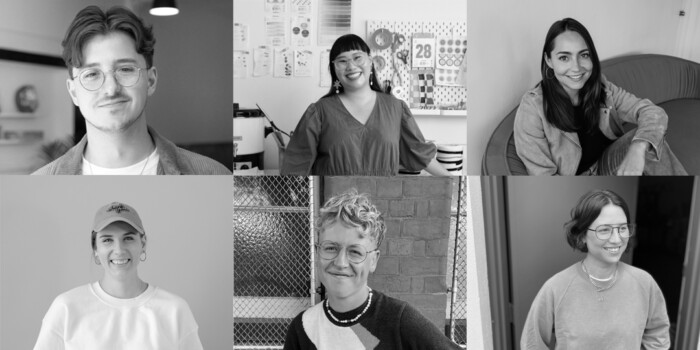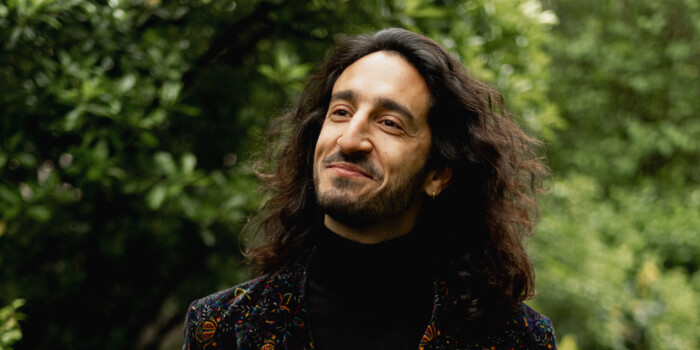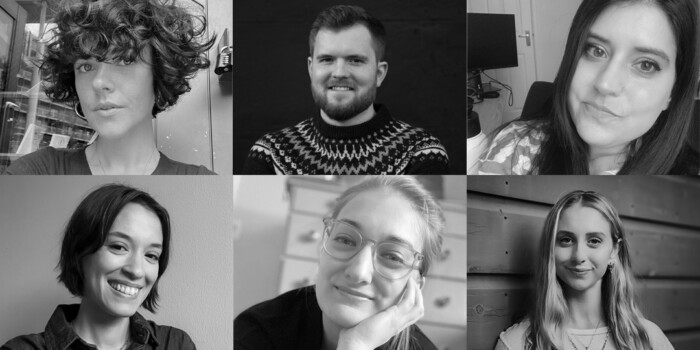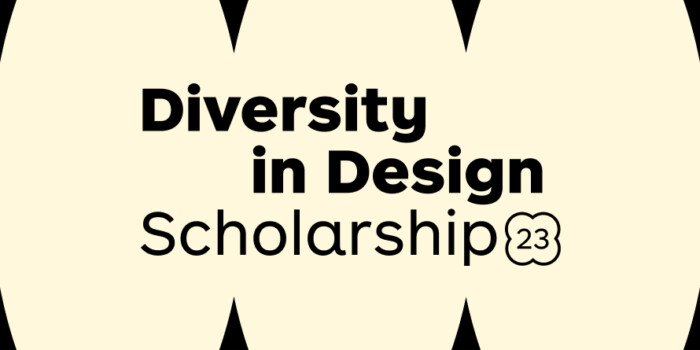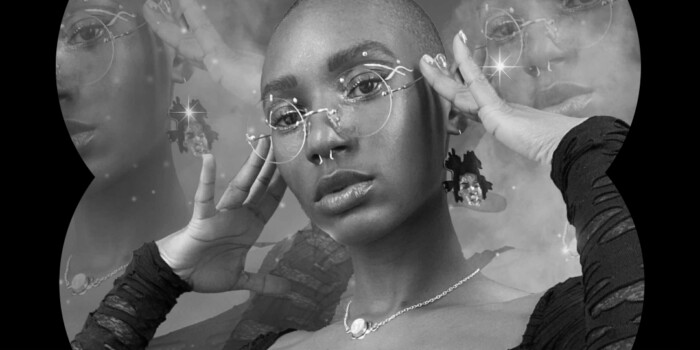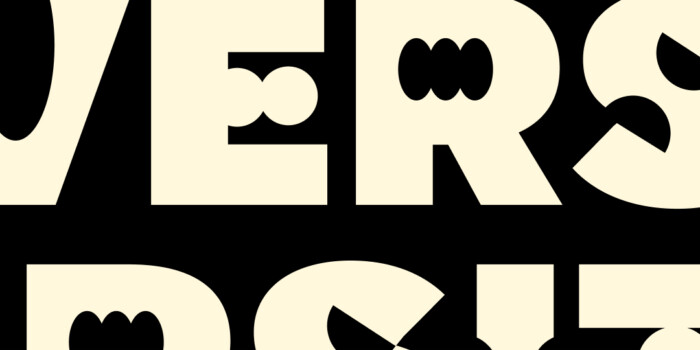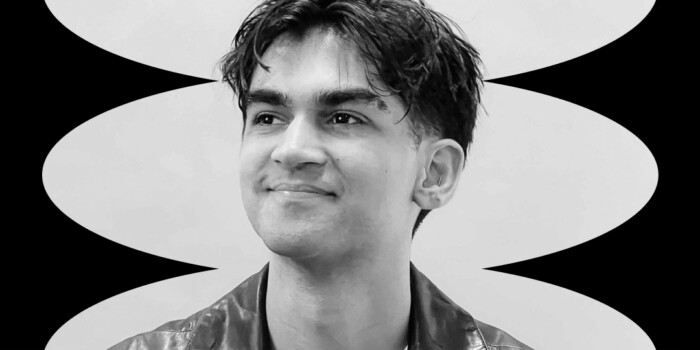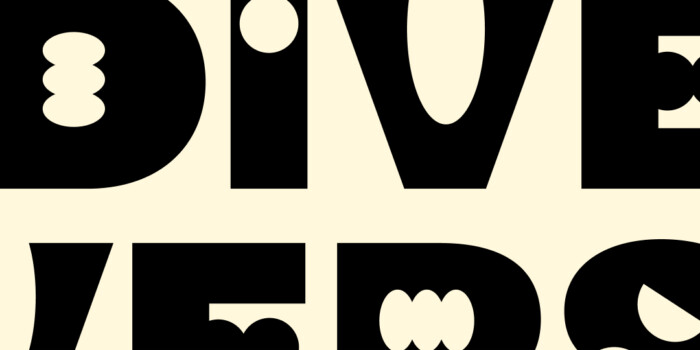4 Years Since Shillington London: Peter Howell, Creative Freelancer

Back in 2018, Shillington London graduate Peter Howell was working in TV—pitching ideas for shows. Faced with redundancy, he sought out new creative challenges and discovered graphic design—and Shillington. Since the course, Peter has become somewhat of a creative Renaissance man. He’s part graphic designer, including a stint at Wieden+Kennedy Amsterdam, part illustrator, part comic book writer and is still working in TV development—with the skills and knowledge he learnt on the Shillington course playing a part in everything he does.
We caught up with creative polymath to chat about his time with us at Shillington and all the amazing things he’s been up to since.
Thinking back to 2018, why did you choose Shillington? What made our course stand out from the rest?
I did a lot of research into my options and decided that I needed to learn a lot of news skills in a very short space of time. I couldn’t face the time (or cost) of going back to university, and the variety of other courses I found seemed to be lacking an overall cohesive structure.
So, when I found out about Shillington, it felt like it was the perfect choice—especially how structured the days sounded.
I had a visit to the London campus which was very helpful, and the journey was really straightforward—which made the prospect of the early morning commute much more bearable.
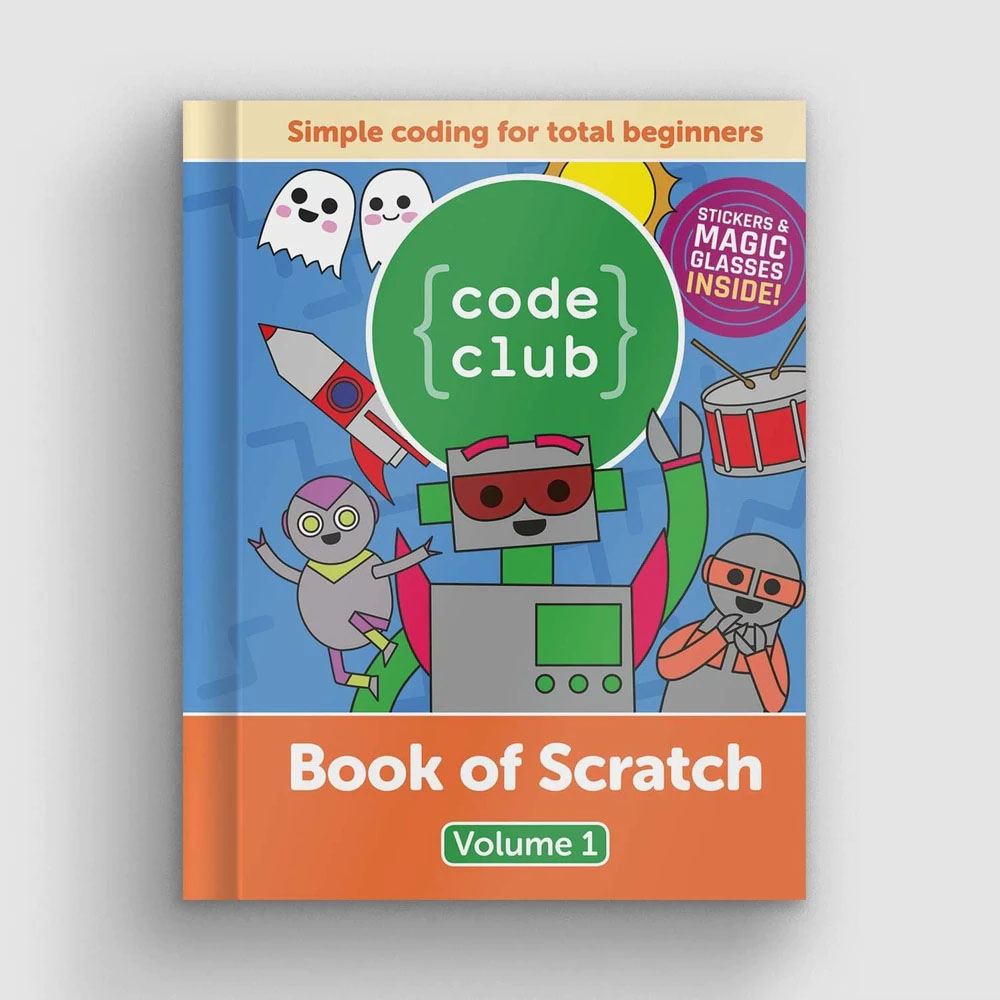
Prior to the course, you were working in TV. Why did you decide to make the change to design?
My previous career involved coming up with ideas for TV shows, which I love. I was unexpectedly made redundant and I took that as a sign that I should try pursuing a different career and learn new skills, whilst still being creative. I’d been making lots of comics and weird bits and bobs in my free time anyway, so formalising those skills and training up as a graphic designer made a lot of sense.
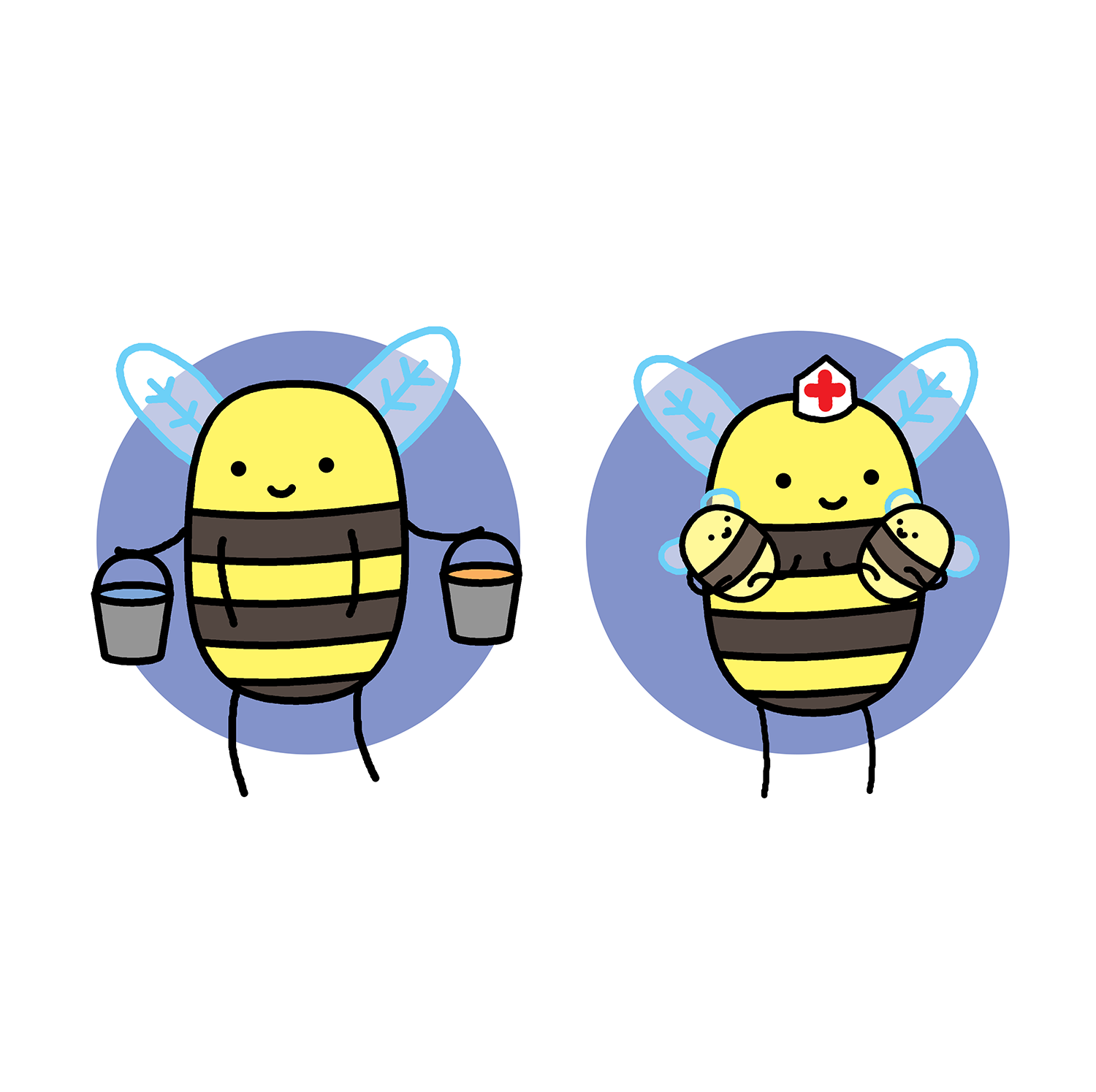
What have you been up to since graduation? How has your life changed after Shillington?
After graduating, I was super lucky to get a place on The Kennedys—a creative incubator scheme at Wieden + Kennedy Amsterdam. It was a complete eye-opener in so many ways and I’m still very thankful to the good eggs I met during that period. Plus, for my first post-Shillington job, it still blows my mind that my team was responsible for a national rebranding project. The King of the Netherlands attended the main event and stood next to the logo I designed.
That job involved doing so many different roles which made me realise that maybe being just a graphic designer wasn’t for me—I wanted to do everything!
So when I moved back to the UK, I set myself up as a freelance creative, using a lot of the skills I picked up at Shillington. Alongside working in TV development, I’ve been working as a brand designer, an illustrator, a creative facilitator and pretty much anything else that sounds interesting and fun.
I feel a lot more confident about tackling different jobs in different fields now that I have more skills, tools and experience under my belt. The only downside is that my portfolio can be a little confusing to explain to people now—it’s got brand designs next to reality TV shows formats that have been commissioned.
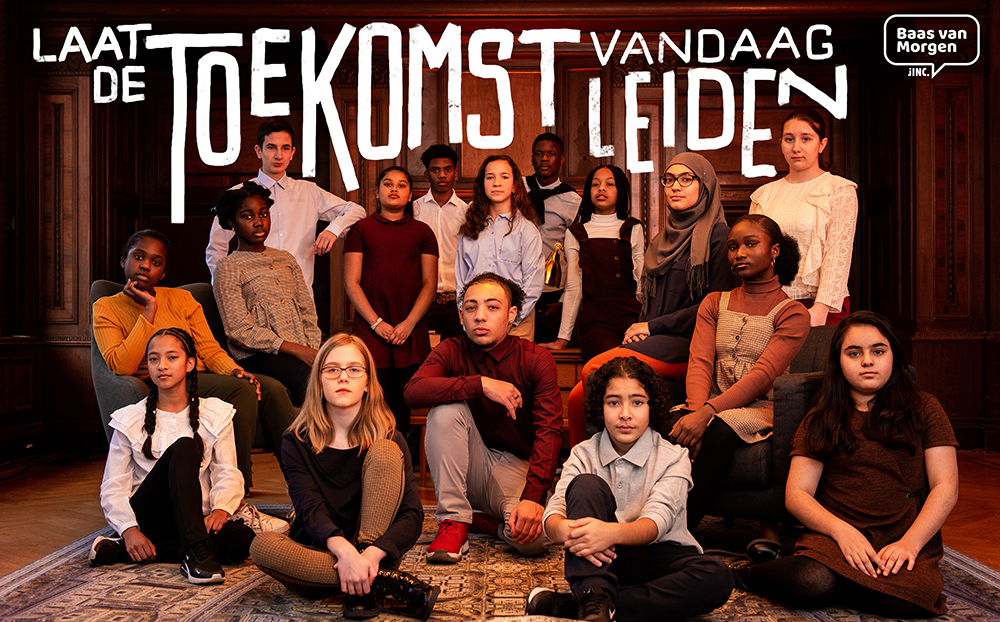
It would definitely not be fair to call you just a graphic designer—can you tell us about some of your other creative exploits?
I really enjoy making stuff—whether that’s silly socks or cute enamel pin badges. One of the creative adventures I’m extra proud of are my GIPHY stickers, which you can use on platforms like Instagram, Snapchat and Discord. They have over 5 billion views and it’s always funny and encouraging when a friend sends you one that they’ve spotted in the real world or on a celebrity’s post. At one point, I had the top trending GIF on WhatsApp and Discord which is bananas and I wish I knew how it happened.
Making these actually led to a commission from the lovely team at GIPHY for a sticker set all about self-care. Initially, it was a little daunting for a hobby to turn into a job, but the team was great and it was a really enjoyable experience. I ended up creating soft, pastel space blobs that want to remind you about the different ways you can look after yourself.

With that in mind, tell us about a usual (if there is such a thing!) week in the life of Peter?
A usual week doesn’t really exist for me—it all depends on my deadlines and how much freelance work I’ve got on. I’m lucky that I’m pretty busy at the moment, so my week mostly involves tackling one big freelance job during the day, and some smaller jobs in the evening. I’ve started taking Fridays off though to try and pursue personal projects like learning 3D modelling or trying to write a graphic novel.
Over lockdown, I struggled a lot with motivation. So I’m trying to be a bit more mindful about how I schedule my workload. For example, I’ll save the more brain-intensive work like brainstorming or writing for the morning—which is when I know I’ll have more energy. Conversely, I’ll save simpler tasks like colouring in illustrations for when I know I’ll be a bit less energetic.
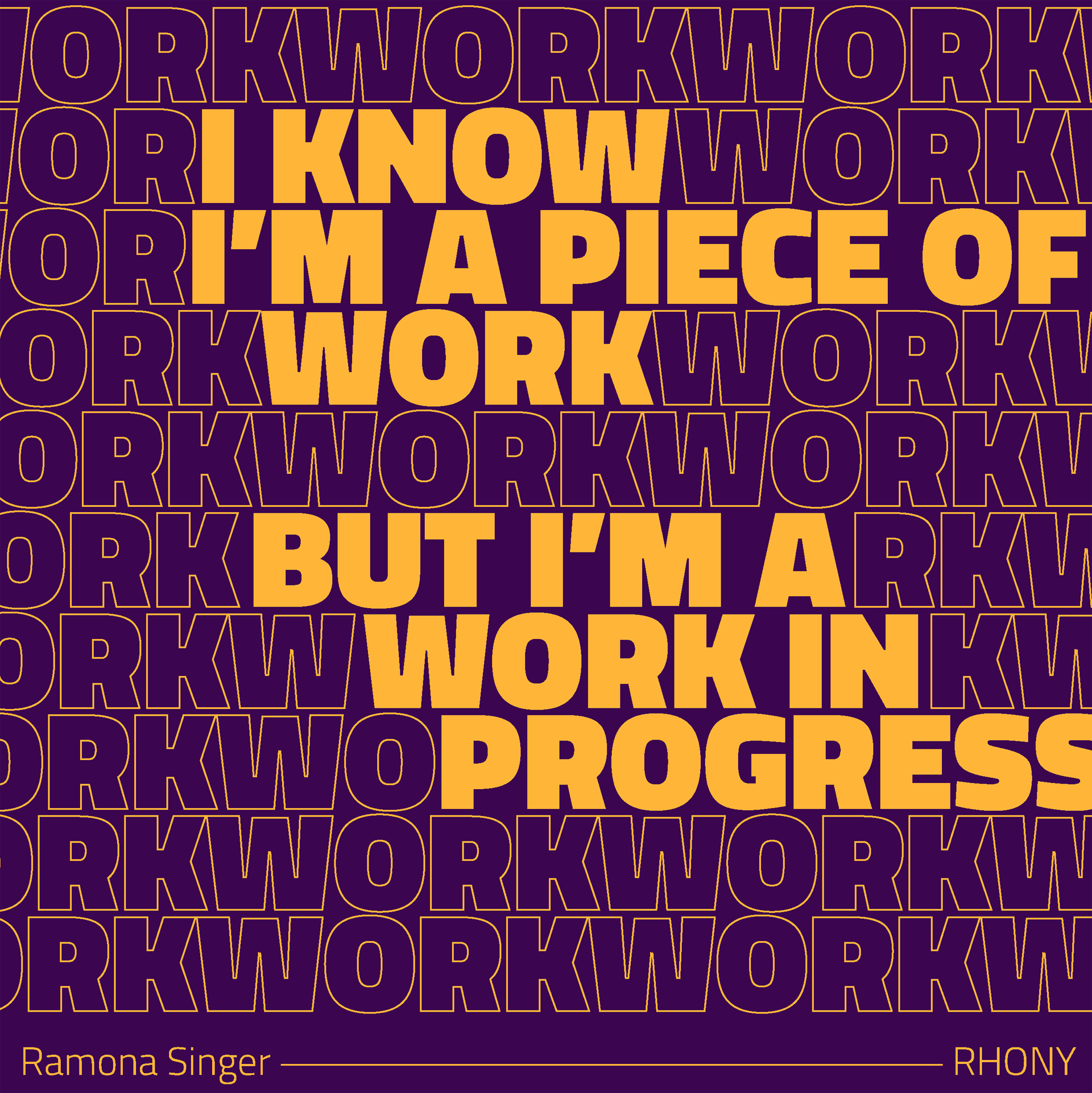
Can you tell us about a recent project you’ve been working on? Design, illustration or otherwise!
I’ve been trying to learn 3D modelling in my freetime which is both a lot of fun but has also melted my brain. My default setting in graphic design and drawing is very two dimensional so it feels a bit like I’m having to relearn how to see the world.
On the plus side, it’s so much fun reimagining my comic book characters in a completely new dimension. It reminds me a bit of Shillington because once you’ve got the basics down, the only thing stopping you is your imagination and your drive.
My eventual goal is to try and 3D print some designs. I want a whole shelf full of my characters!
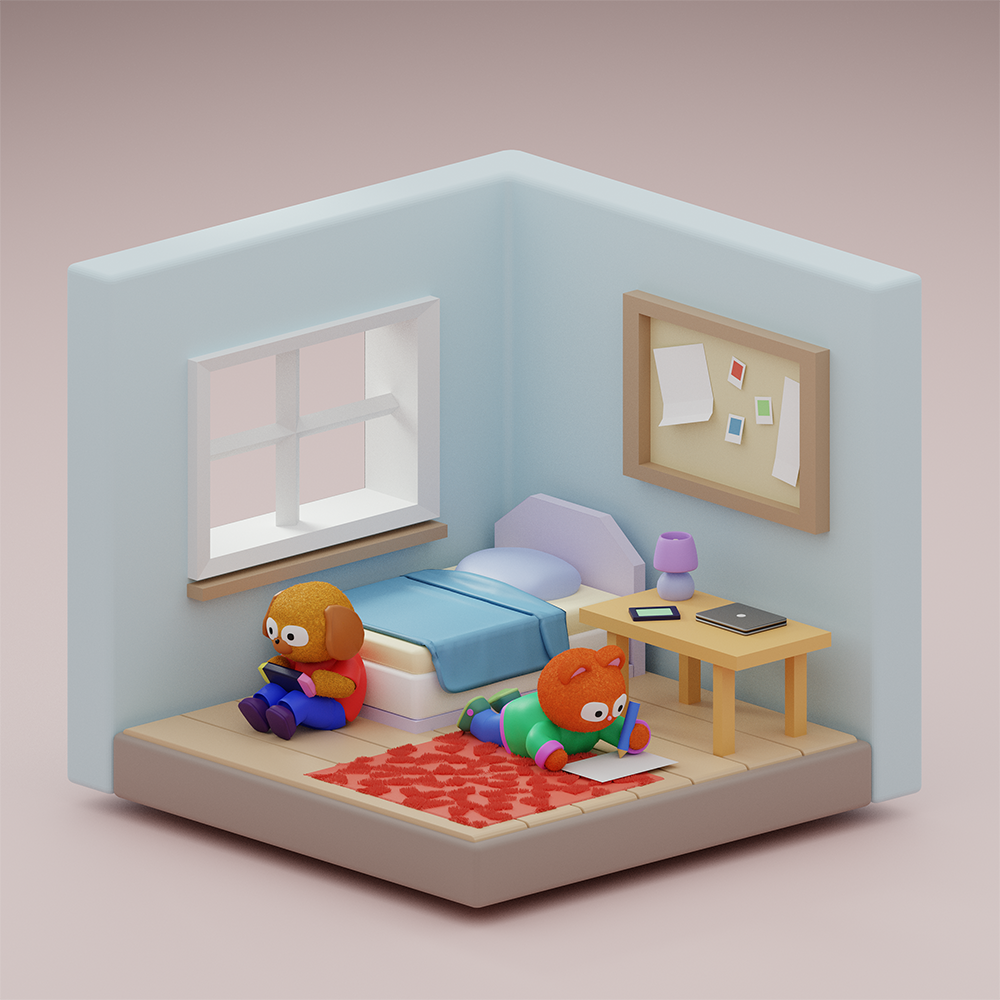
You’re also a pretty prolific comic book writer and illustrator. Can you tell us about them?
Gladly! I love to make comics, it’s such a neat way of telling a story and creating memorable characters. It has led to some really exciting opportunities—illustrating the Code Club text book on teaching kids to code, drawing mini games for a video game and attending conventions around the world.
It’s also been a great springboard to experimenting with merch. Normally it’s pretty standard stuff like tote bags and stickers, but over lockdown, this got a bit out of hand and I designed and made a complete trading card game with the characters—complete with an icon set and bespoke illustrations.
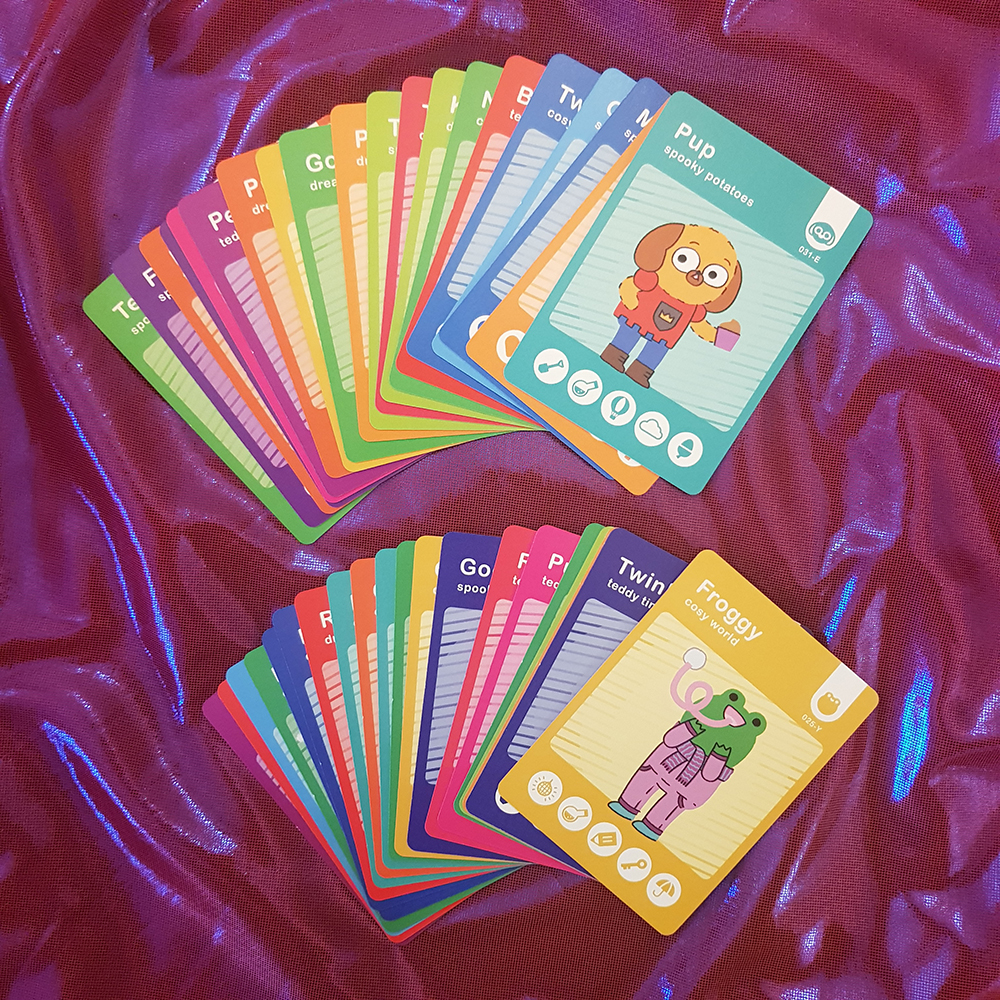
The other big comic-related project over lockdown was designing a knitted scarf and getting it manufactured. Working in different mediums is always fun but it takes a bit of research to find a manufacturer who is right for you, and there’s always some unexpected nuances to get your head around. For the scarf, knitted stitches aren’t square like a pixel, so your design has to take that into consideration.

Drawing comics about cute characters also led to an invitation to do a talk at Pictoplasma last year, which was a dream come true. I’d never really considered myself as a character designer or illustrator—I just make comics—but meeting all the amazing people there has really encouraged me to start pushing myself in new directions. If you’re looking to feel inspired, I can’t recommend the conference enough.
Do you use the skills you learnt at Shillington in your non-design work? And, if so, how?
I think one of the most useful and transferable skills I picked up at Shillington was how to portray and present my ideas and thought process. Since a lot of my work is in creative fields, this has been super helpful—whether it’s talking about an idea for a new reality show, or pitching a series of illustrations for an exhibition.
But also, just having the knowledge of Illustrator, InDesign and PhotoShop is incredibly useful for all sorts of things. Making invoice templates might not sound creative or glamorous but it’s incredibly useful if you want to get paid.
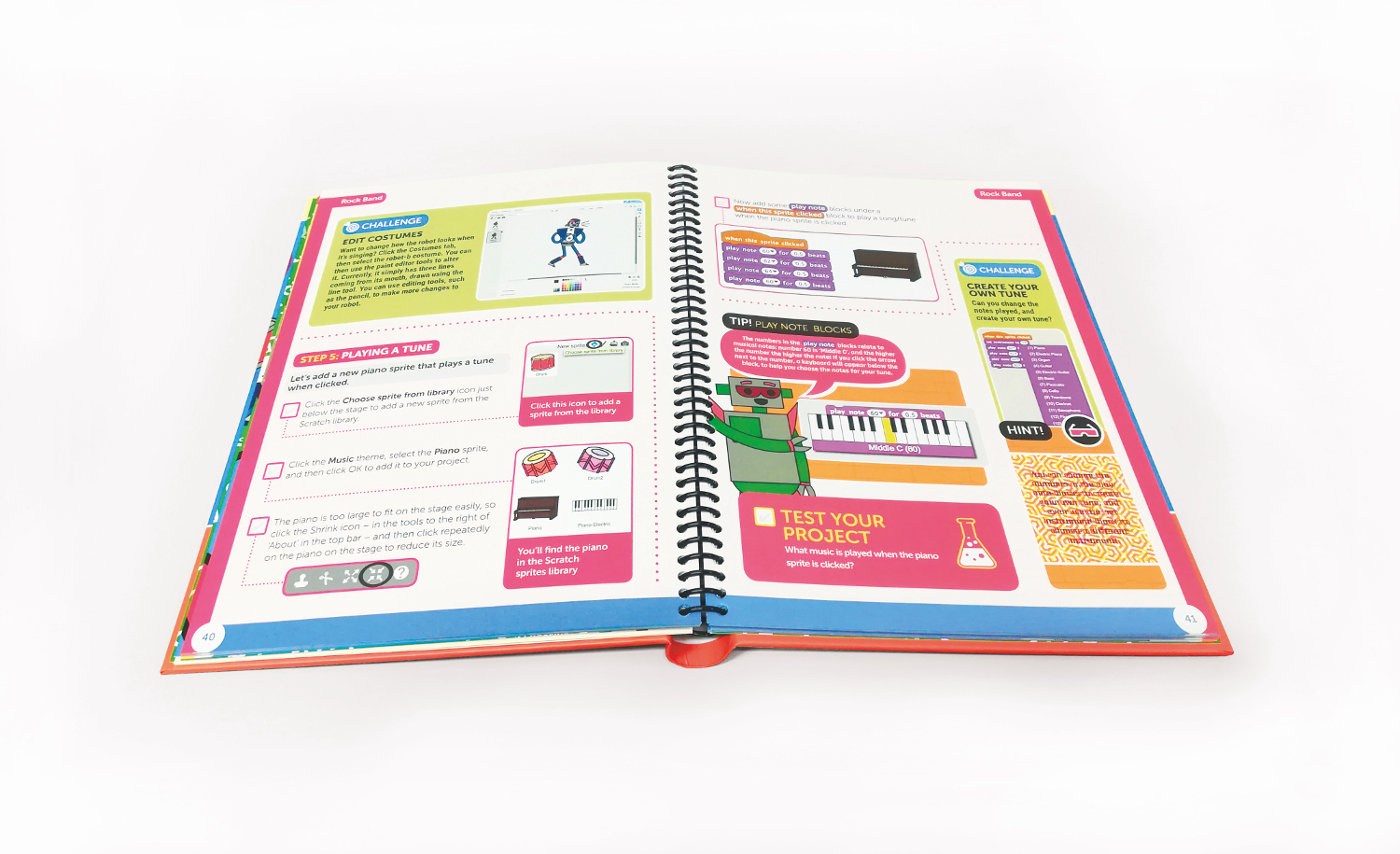
dav
Back to the course, did you have a favourite brief from your portfolio? Can you tell us about it?
I think the packaging brief was my favourite because it was the first time it felt like you could see your work come to life in the real world. I ended up making a series of yoyo boxes for my portfolio which I still think do a great job of fulfilling the brief. I think that was our first taste of mockups too—which also felt like a big deal at the time.
I also have very fond memories of the layout brief, as it showed me how much more efficient it is to lay something out in InDesign.
Before that brief, I’d been compiling all my comic print files together in a super clunky way in PhotoShop. After that brief, I was putting together my comic print files in half the time and they’re much easier to update and export.
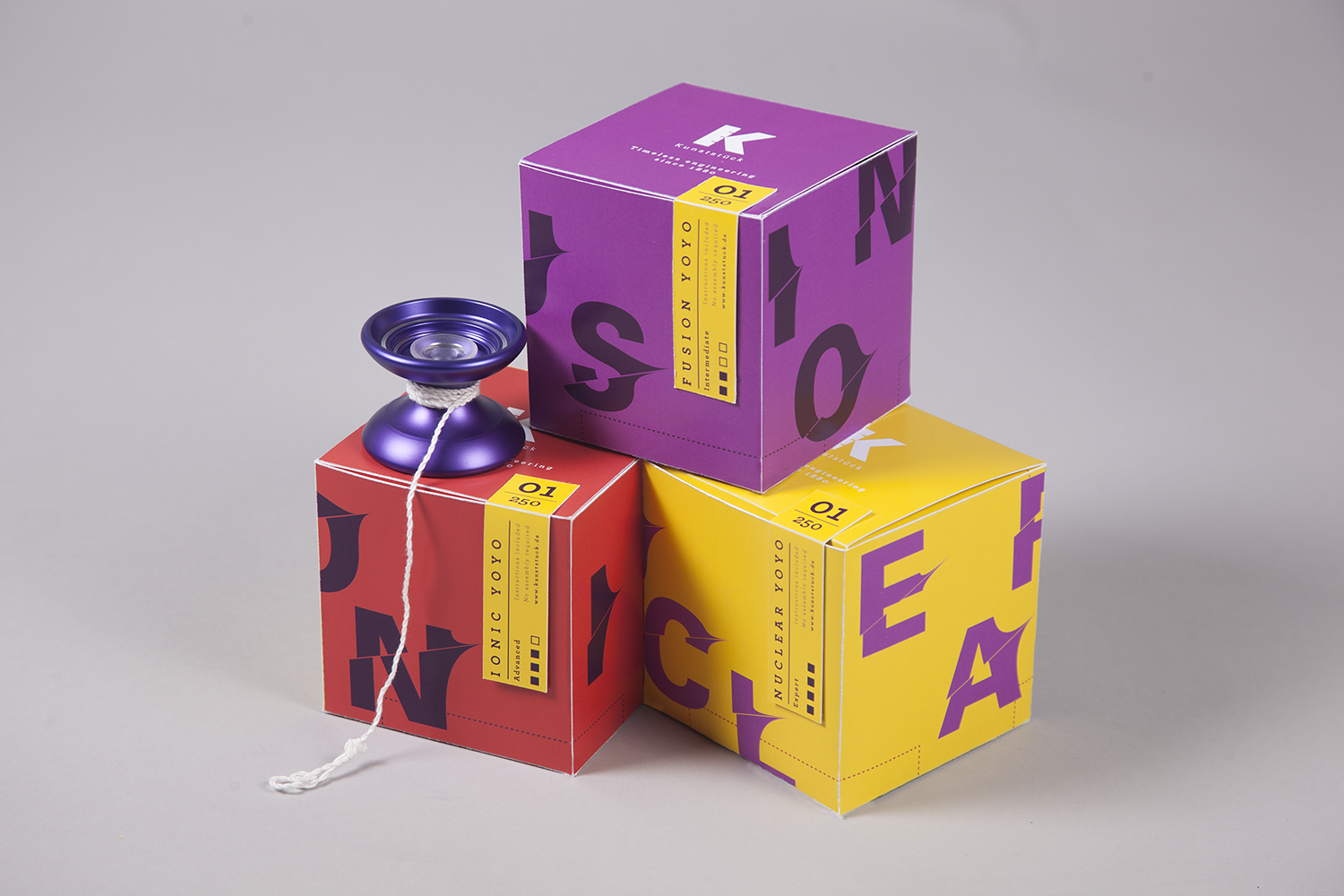
Did you make any meaningful connections on the course? Have you worked with any fellow Shillumni since you’ve graduated?
I still speak to a few of my classmates and some of my teachers. In fact, I was lucky enough to work with one of my former teachers and some other Shillington graduates on a really great mural in London. It’s the biggest project I’ve ever worked on when it comes to scale, and it’s pretty mind-blowing to see something you’ve made take up an entire alleyway.

Finally, what would you say to someone who is sceptical about the Shillington course?
I think the course is a great starting point to a variety of new ways of thinking, along with a lot of new software. It’s a lot of work so don’t be expecting to be spoonfed or babied—but on the other hand, you really get out what you put in.
So, turn up ready to give it as much of your time and energy as possible.
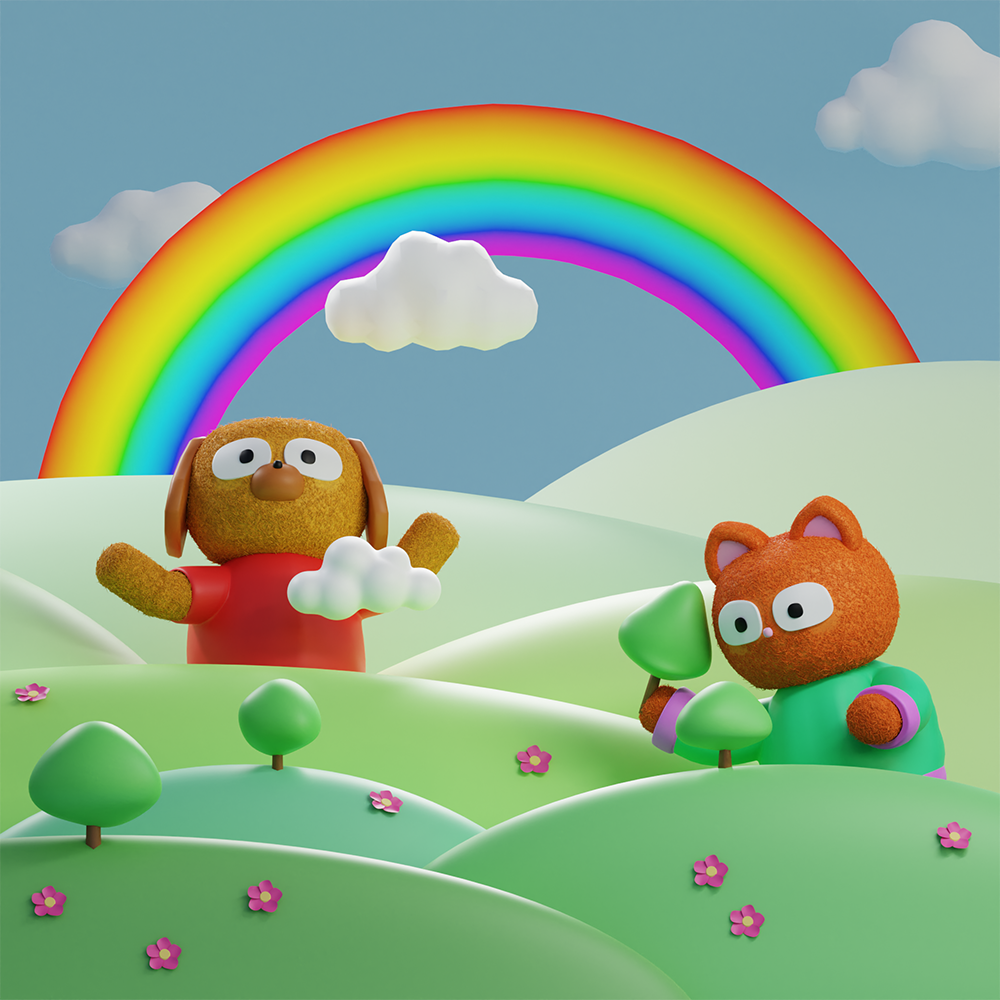
Anything else you would like to add?
If you’re ever feeling like you’re stuck in a creative rut, I can really recommend setting yourself a little challenge—and it can be as weird or niche as you like. In the past, I’ve set myself challenges of redesigning record sleeves or making designs based on Real Housewives’ quotes. It’s a really great way to get the creative juices flowing whilst also giving you freedom to just try new things.
Also, shout out to Ali, Amy, Andy, Clay, Fiona, George and Hilary who were the staff overseeing the course when I was there. It’s been four years (?!) since I was at Shillington and I’m still grateful to them for helping me start a new creative journey.
Huge thanks to Peter for sharing his design story with us! Make sure to check more of his work on his website and follow him on Instagram!
Want to follow in Peter’s footsteps? Learn more about Shillington’s 3 month full-time and 9 month part-time courses Online or on campus in New York, London, Sydney or Melbourne.
Want to win some amazing prizes and stay in the loop with all things Shillington? Sign up to our newsletter to automatically go in the draw.
